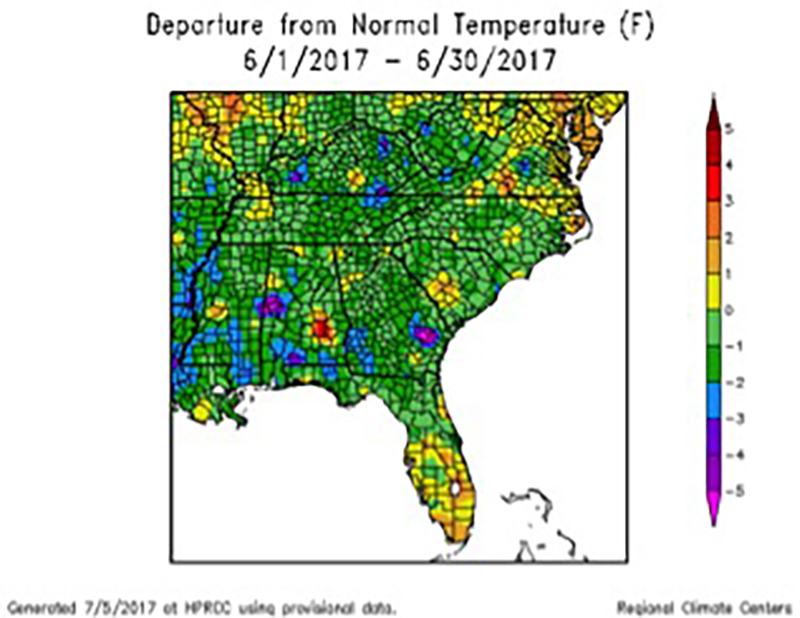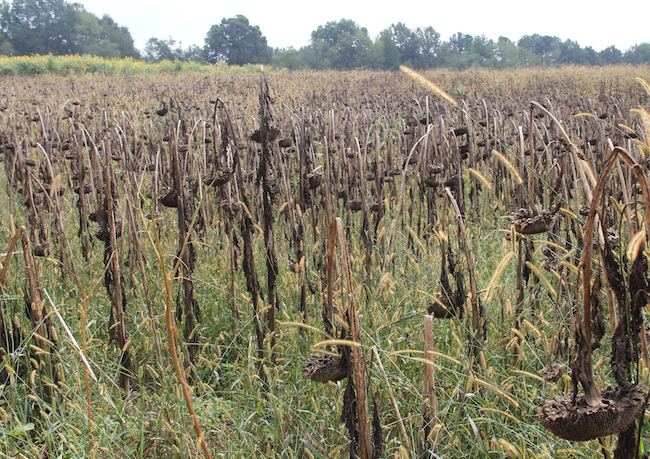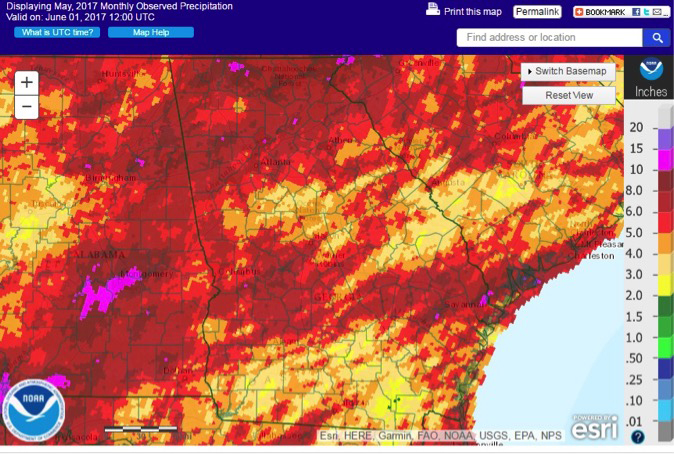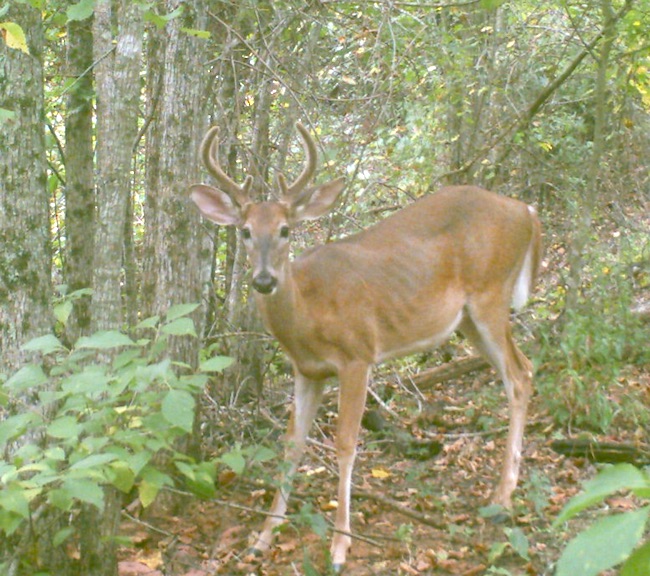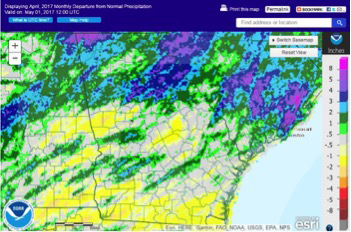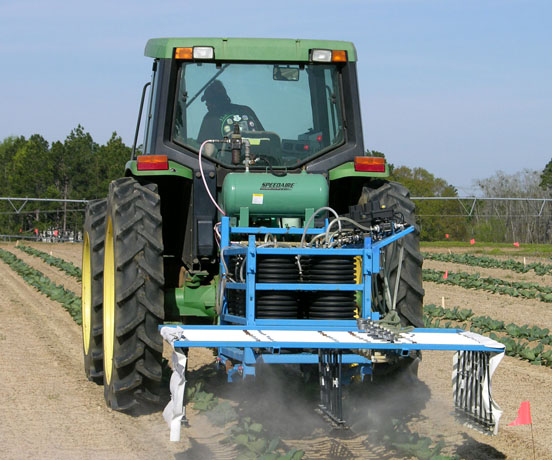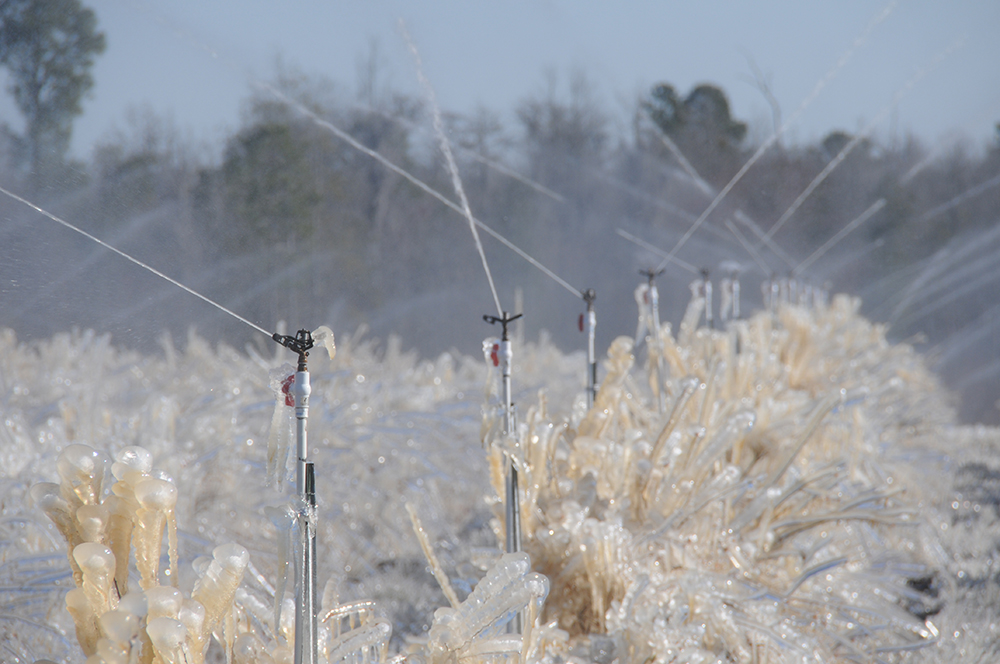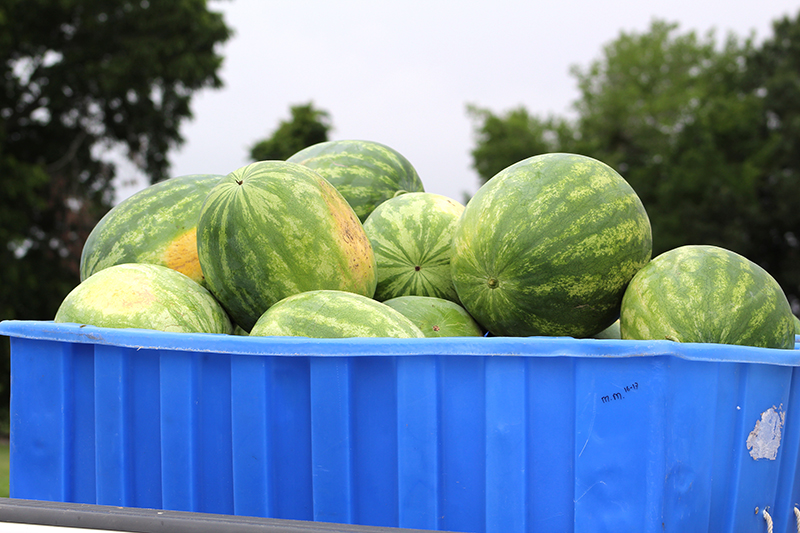 CAES News
CAES News
Watermelon Crop
Georgia farmers had fewer opportunities to effectively harvest watermelons in June thanks to an increase in rain, but disease pressure is what truly led to lower yields in the crop this year, according to University of Georgia Cooperative Extension vegetable horticulturist Tim Coolong.

